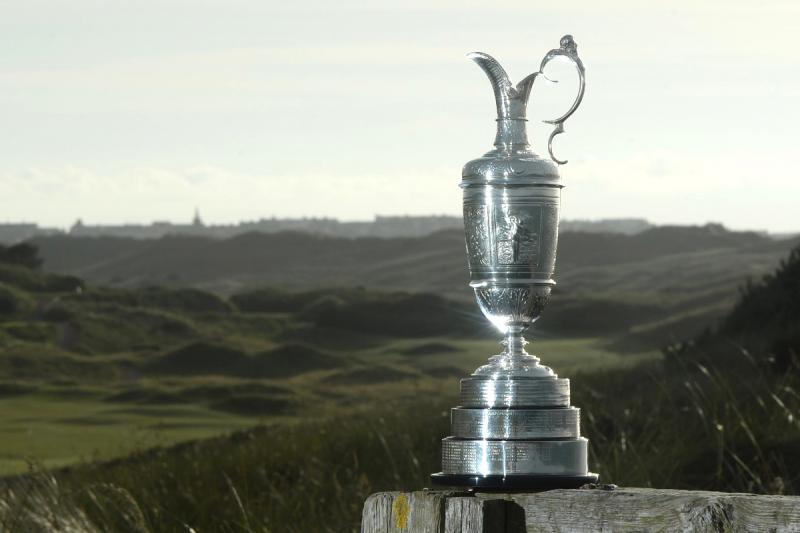During the 2016 British Open, or The Open, as the Brits call it, I saw a few minutes of each of the first three rounds and thought Phil Mickelson would eventually be the Claret Jug winner. The early highlight of play was Mickelson, just missing a putt for a 62, and recording the lowest score in an opening round, but the final round turned into one of the best matchups in recent history of The Open.
As fate would have it, I pushed the record button on my DVR on the 13th hole and went to play with my grandkids for the remainder of the afternoon. When I returned later, much to my amazement, Henrik Stenson was tied with Phil at -16 going into the 14th hole. After Stenson birdied the 14th, Phil still had a chance, down only one stroke, but when Stenson buried a 51 foot downhill putt for another birdie on the 15th green, you could see the blood drain out of Mickelson’s face. Now the real drama came on the 18th fairway when Stenson, playing it safe off the tee, hit a 3-wood which almost rolled into a deep pot bunker on the right hand side of the fairway. He avoided the same bunker by two feet, which derailed Greg Norman in the 1989 Open and went on to win by two strokes. Mickelson was toast.
How The Open originated
Since 1860, each British Open has all the old charm of the first one played at Prestwick Golf Club in Scotland, when a group of rich golfers took up a collection among the membership to have an “elegant” trophy made for the first winner and golf champion of Scotland. Now, if you guessed that the trophy was the famed Claret Jug (not to be confused with the Stanley Cup), you would be wrong. Are you ready? The first trophy was actually a large red leather belt with a silver buckle. It was called the Championship Challenge Belt, and if you won it three years in a row, you could keep it.
This seems to go against all we know about the tough Scots, who wore kilts into battle and on the links. Kilts have no belt loops, so I suppose the belt was probably about the size of today’s World Wrestling Entertainment Championship Belt and was worn around Prestwick as a display piece, rather than holding up a kilt.
To add another twist to the first tournament, the British Open was actually closed to golfers who were not professionals, caddies, instructors or gamblers who made a living playing golf. That all changed a year later, when the word “Open” allowed amateurs and professionals alike to enter and compete for the Championship Belt. In 1864, things got rolling with the addition of a six pound cash award to accompany the red leather belt. To publicize the annual event, the membership voted to add the title “Championship Golfer of the World.” It wasn’t until 1873 that the organizers of the Open Championship got tired of passing around a belt as the top prize and decided to take up another collection and have another unique trophy manufactured. So they took their “wee purse” full of money to the Mackay Cunningham Company of Edinburgh and had them create a large cup, which was named the Championship Cup.
When the golfing public and professional golfers complained that the name was too bland for such a prestigious event and the cup actually resembled the cups used at the Prestwick to drink claret wine, the name was changed to the “Claret Jug” (no historical explanation as to how a cup turned into a jug, but add wine and Scottish whiskey to the discussion and voila, it turned into a jug.) With the new jug in hand, every golfer in Prestwick wanted to be the first winner of the new prize and be called the Championship Golfer of the World, but to their dismay, the first winner was Tom Kidd, a caddie from St. Andrews, who shot a 179 to take home the title.
So next year, when you watch the British Open played on a course with no trees, rough up to your knees, rolling berms, eight-foot deep bunkers and wind clocked at 25 mph on a calm day, remember that The Open is played for tradition, not beauty!
19th Hole Trivia
• The British Open is rotated between nine links courses in Scotland and England.
• 1951 was the only year The Open was played in Ireland.
• In 1868, young Tom Morris was the youngest winner, at seventeen years, 156 days.
• Stenson won his first major and $1.5 million, Mickelson, second place, $891,000.























































